The Success Story of NewBalance: Built on Unwavering Quality

💡 Want more business insights? Stay ahead of the curve with our exclusive updates!
👉 Join our Telegram channel for daily business ideas and expert tips.
👉 Follow us on Facebook to never miss a trend or update!
Don’t just read—connect, grow, and innovate with us today!
Despite the ancient history of footwear invention, with origins so old that tracing them is impossible and it may seem like there's nothing new to invent, humanity constantly strives to come up with additional enhancements. Even today, shoe manufacturers are trying to invent something new and unconventional. For example, recently, shoes with built-in GPS navigation were developed, guiding you to your desired destination. However, this new feature can be seen as unnecessary indulgence...
Back in the early twentieth century, there was a period when innovations were being invented that shaped the modern appearance of the most popular types of footwear. In the 1920s and 1930s, the modern form of sneakers began to take shape, and leading sports footwear brands emerged, gaining popularity in today's world. One of these legendary brands is New Balance. It may not be as well-known as Nike, Adidas, or Puma, but among aficionados of high-quality athletic footwear, this brand has attained cult status. Yet, the beginnings of this brand were rooted in a simple business idea centered around creating comfortable orthopedic footwear.
The History of Sneakers
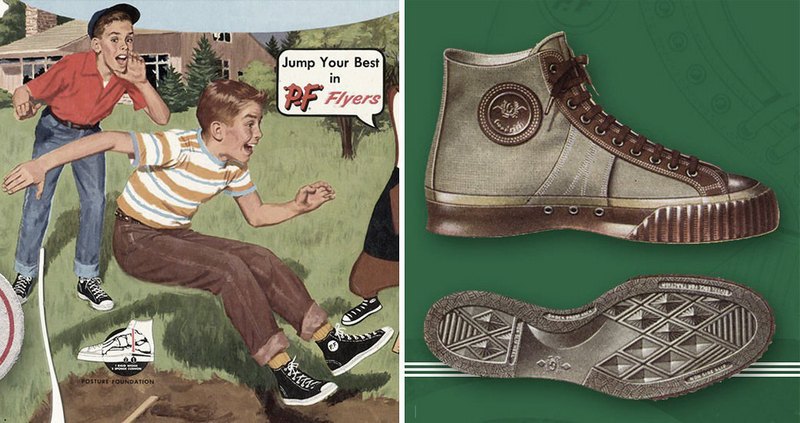
To understand the popularity achieved by the brand New Balance and other footwear brands that emerged during that time, we need to take a brief look back at the history of sneakers' emergence.
The first prototypes of modern sneakers appeared in the eighteenth century when humanity learned to utilize rubber for industrial purposes. It was during this time in European countries that shoes with rubber soles and canvas uppers began to be produced. This footwear did not offer exceptional comfort (it didn't even distinguish between left and right shoes), and its main advantage was its affordability compared to leather shoes. The first analog of sneakers was created at the turn of the nineteenth and twentieth centuries. These were plimsolls, which were immediately appreciated by runners who liked the lightweight footwear. Apart from athletes, these new shoes also caught the interest of thieves back then, who valued the ability to sneak around silently provided by the rubber sole.
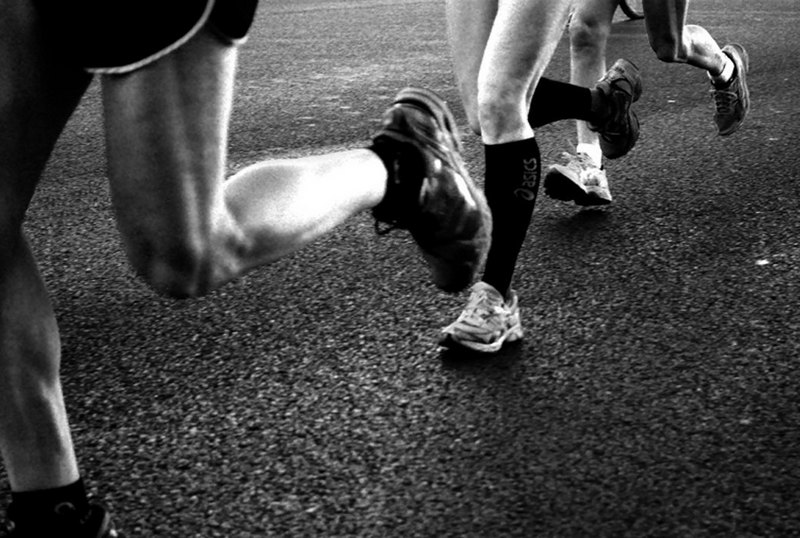
Since then, various shoe companies began to make improvements to athletic footwear, aiming to make their products as comfortable and appealing to athletes as possible. It was this desire to introduce enhancements to footwear design that led to the birth of the business idea that served as the foundation for the establishment of the company New Balance.
The Legend of the Chicken Foot

New Balance was founded in the U.S. by British immigrant William Riley, who was involved in manufacturing orthopedic footwear in Belmont. Working daily on creating footwear for the prevention and treatment of musculoskeletal diseases, he pondered on how to make footwear optimal for comfortable walking, running, and jumping, as well as for disease prevention.
The legend of the invention of the innovative New Balance footwear design is akin to the story of "Newton and the Apple." Only in this legend, a chicken is involved, and as William Riley watched it, he had an epiphany: "Perfect foot balance can be achieved by creating support on three points, similar to a chicken's foot!" It was after this comparison that the brilliant idea came to William to create a unique supinator, which became the foundation for the company's subsequent success.
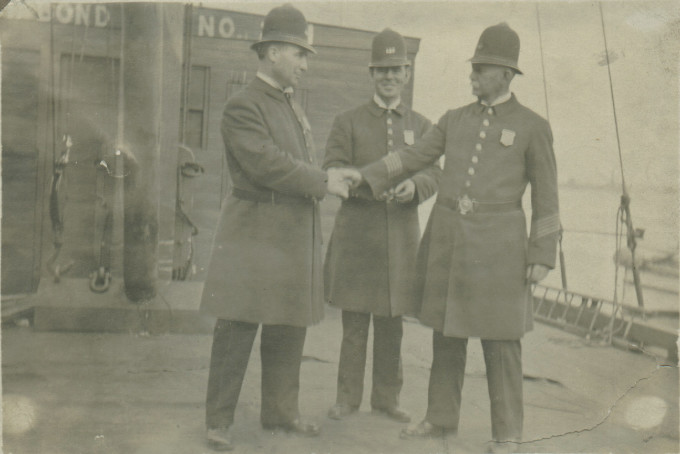
It is worth noting that the brand's development did not happen rapidly. The company "New Balance" was registered back in 1927, but serious sales only took off in 1934. It was then that the brand's founding father joined the army, where he met his future partner, Arthur Hall. This character in our narrative then focused on selling orthopedic footwear to policemen, military personnel, firefighters, and representatives of other professions who had to stand on their feet all day. From that moment, the brand started steadily moving towards success.
The Path to the Top
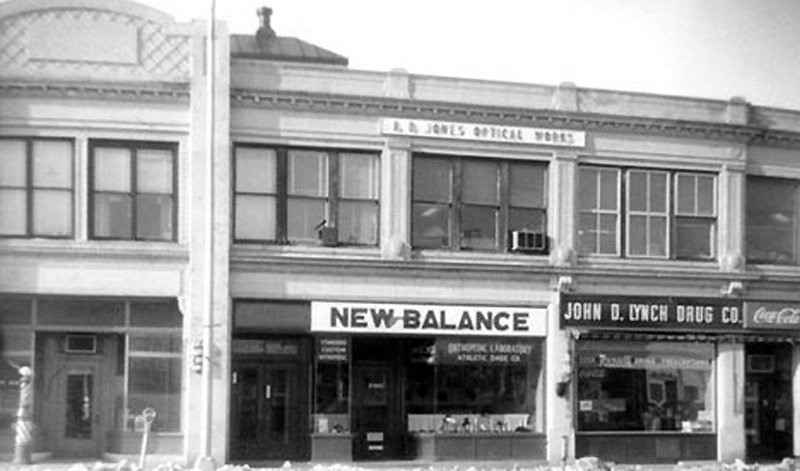
Evidently, professional orthopedic footwear trader Arthur Hall immediately recognized significant potential in the innovative three-point supinator. Just four years after their meeting (1938), besides orthopedic footwear, New Balance began producing its first sneakers for professional runners. Only two years later, the brand's footwear was used in running competitions, capturing the attention of many professional athletes. Boxers, baseball players, tennis players, and basketball players became interested in New Balance athletic footwear.
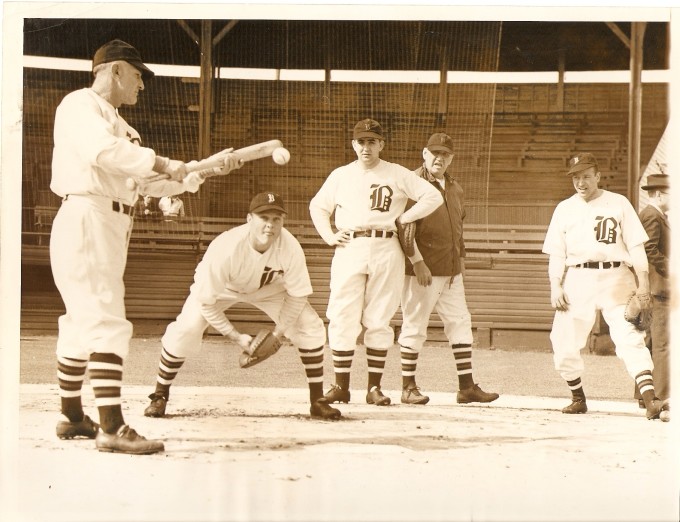
By 1950, a devoted community had formed around the New Balance brand, desiring sports footwear of exceptionally high quality. This led to the company fully transitioning to producing athletic footwear by 1954, leaving the orthopedic direction behind.
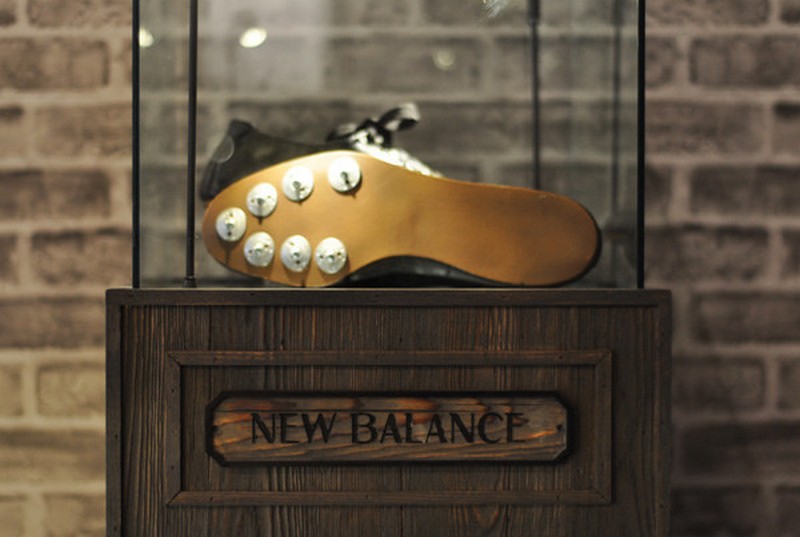
In that same year of 1954, a change in leadership occurred. The reins of control were handed over to Arthur Hall's son-in-law, Paul Kidd. It was precisely at this time in the U.S. that the fitness craze began to emerge, and New Balance sneakers started gaining increased popularity.
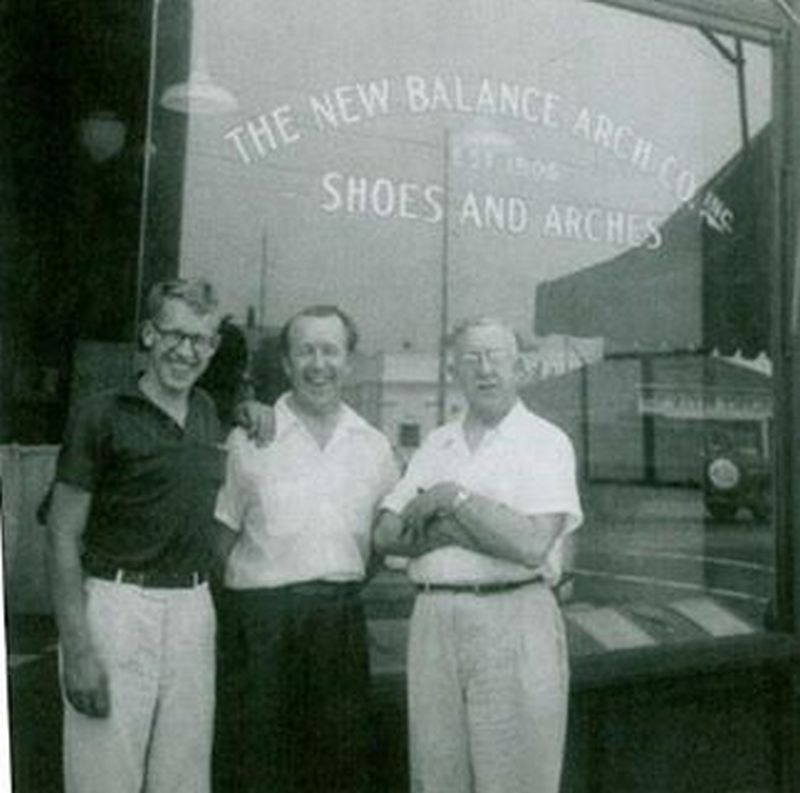
The next successful step in the company's development was the creation of the Trackster model, which in 1972 set record sales figures. Just four more years passed, and another sensational model was released, recognized as the best footwear by authoritative magazines for professional runners (such as "Runner's World").
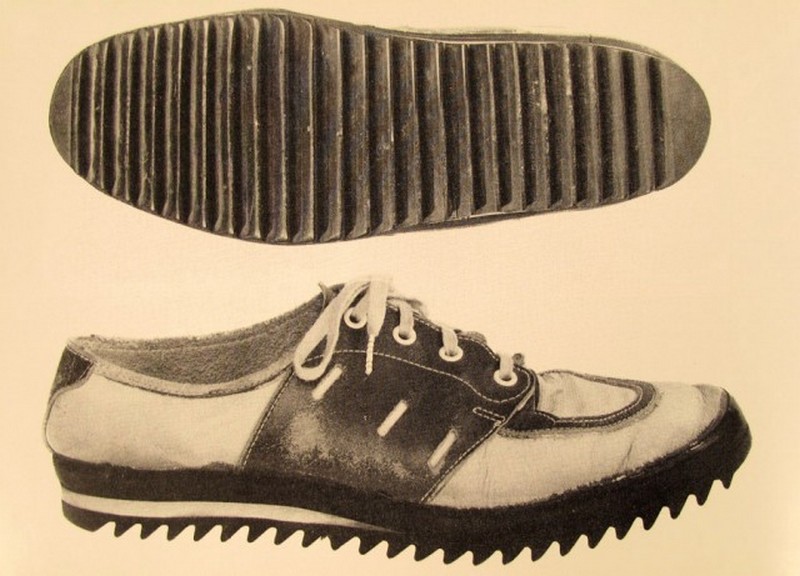
Up until 1978, only six individuals were involved in producing sneakers, making 30 pairs of shoes each day. But starting from that year, production was opened in Ireland, and production in the U.S. was expanded. New Balance did not yield to greed and continues to maintain all manufacturing within the U.S. and Europe, rather than in Asia like the brand's competitors. However, this has impacted the price – it is higher than that of competitors. The official stance of the leadership is that this enables better control over production quality. This is why the New Balance brand may not be as well-known to some. But the company isn't bothered – they refuse to compromise on quality for the sake of lowering the price.
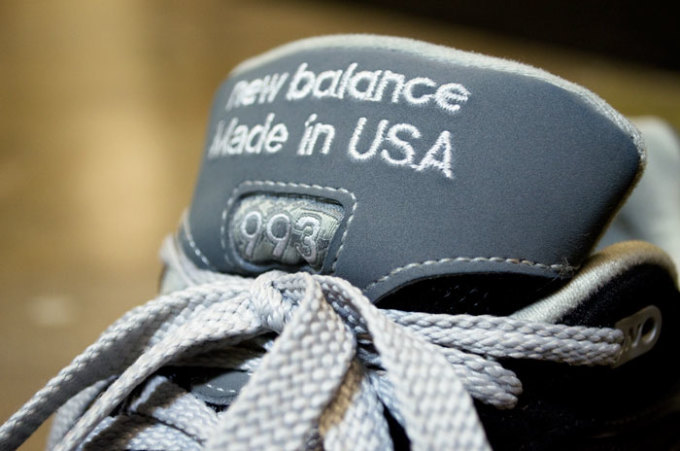
There are rumors that in the 1960s, New Balance executives were closely linked with racist movements in the U.S., which influenced production policies. It is difficult to say if this is true, but these rumors led New Balance sneakers to almost become part of the uniform for European football hooligans and skinheads.
Today, New Balance produces over 45,000,000 pairs of shoes annually, and that's far from the limit. Just imagine how many pairs are sold through Zappos and other smaller stores? The quality of the footwear is underscored by the fact that the legendary Steve Jobs exclusively wore this brand's sneakers for the past few decades.
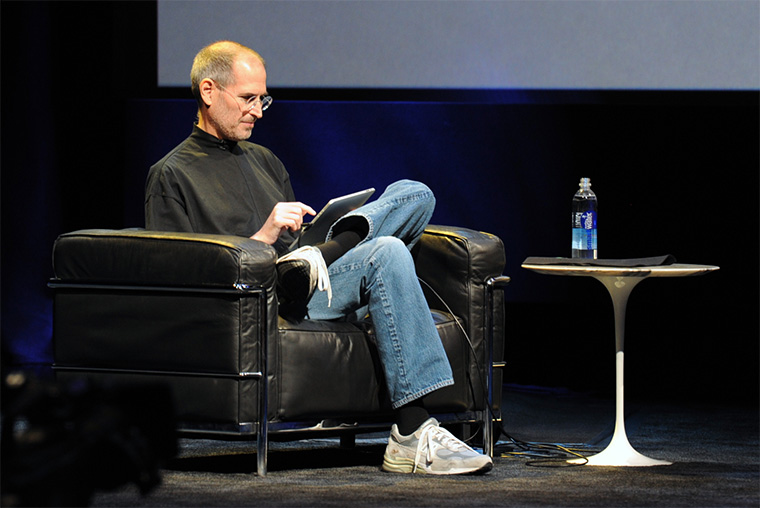
As you can see, a timely new innovation can transform a small shoe factory into an international corporation. So, dare to innovate – and perhaps the footwear you invent will become a symbol of the new millennium.
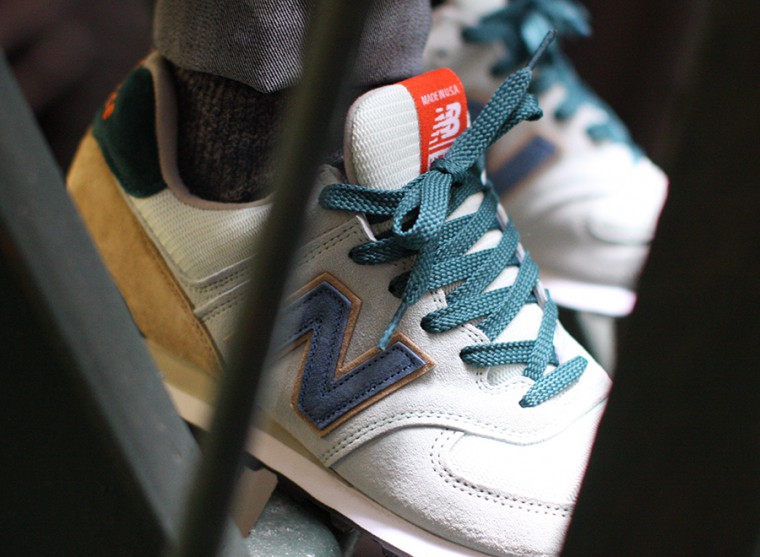
If you enjoyed the article, then share it with friends; they might fall in love with New Balance footwear and even build a business around selling it.
💡 Want more business insights? Stay ahead of the curve with our exclusive updates!
👉 Join our Telegram channel for daily business ideas and expert tips.
👉 Follow us on Facebook to never miss a trend or update!
Don’t just read—connect, grow, and innovate with us today!





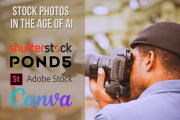



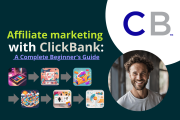
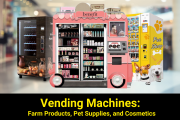




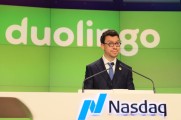









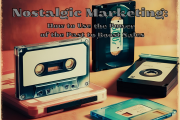











.jpeg)













Note: Comments are being moderated and may take a while to appear. There is no need to resubmit your comment.